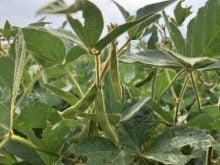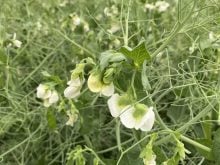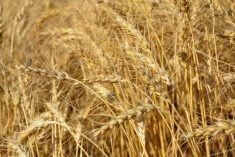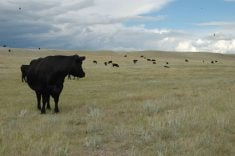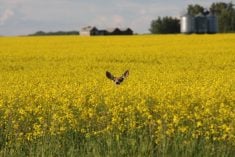Prairie farmers don’t need to push their rotations to get to 26 million tonnes of production, a Canola Council of Canada staffer reminded farmers at CropConnect.
Reasonable rotations are a key part of the combination of factors that the council hopes will take Canada to its lofty production goal for 2025.
“We’ve surpassed our acreage goal,” said Justine Cornelsen.
“We can successfully grow canola one out of three or one out of four years with the acreage we have.”
While canola production has surged, so too have challenges to sustainable production. Good profits for canola have encouraged farmers to gamble with disaster, inspiring some to embrace the infamous canola-snow rotation in some areas.
Read Also
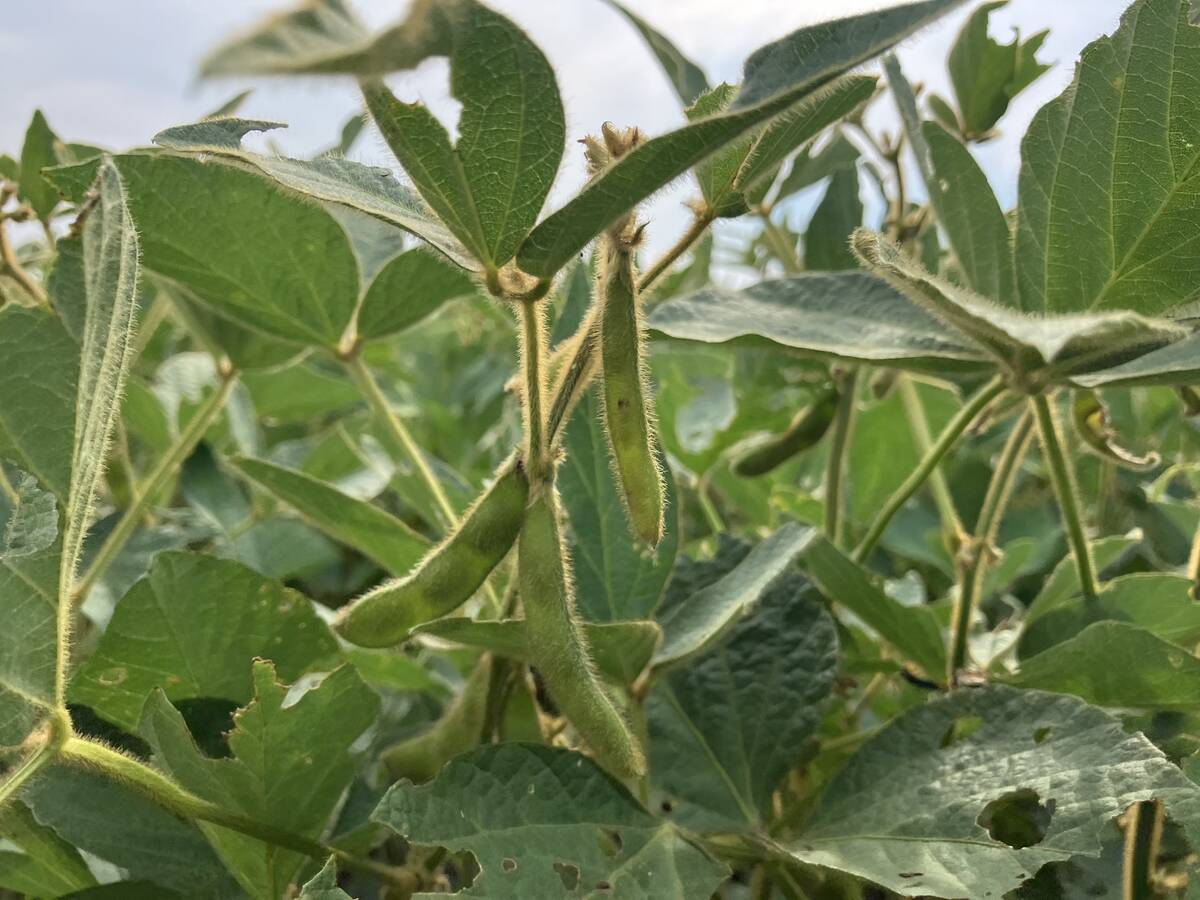
Soybean market still figuring out implications of China-U.S. pact
Soybean futures had a muted reaction to the U.S. trade deal with China as the market tries to figure out the nuances of the deal.
With clubroot spreading, blackleg a lingering concern in areas with heavy rotations and the ever present pressure of pests, farmers need to ensure a holistic approach to crop management, Cornelsen said.
That includes more than just responsible rotations. Farmers can use everything from integrated pest management, hedgerow preservation, precision agriculture and informed pesticide use to produce a maximum yield while not creating yield-destroyers for future years.
“We need to be applying it as a whole system approach, an agro-eco system,” said Cornelsen.
The national yield average was 34 bushels per acre when the canola council announced its 26 million tonne target in 2014. That has risen to about 41 bu. per acre last year.



